Tokyo Trash - Trash Sorting Tool

Hi! Need help sorting your trash in Tokyo?
AI-powered Waste Sorting
Can you help me sort...
Which bin should I use for...
How do I dispose of...
Is this item burnable or non-burnable?
Get Embed Code
Overview of Tokyo Trash
Tokyo Trash is designed as a specialized guidance tool for effectively categorizing and disposing of waste according to Tokyo's waste management system. It serves to provide users with precise categorization of items as 'burnable', 'non-burnable', 'recyclable', or 'oversized trash'. By promoting proper sorting at the source, it aids in enhancing the efficiency of waste processing and recycling efforts, thereby contributing to environmental sustainability. Examples of its functionality include determining the disposal category for everyday items such as plastic containers, broken appliances, or organic kitchen waste. Powered by ChatGPT-4o。

Key Functions and Real-World Application
Categorizing everyday items
Example
Plastic packaging, newspapers, broken toys.
Scenario
A user wants to dispose of a plastic food container but is unsure whether it is recyclable or burnable. Tokyo Trash would classify it as recyclable if it bears the recycling symbol, otherwise as burnable if no symbol is present.
Guiding disposal of hazardous and oversized items
Example
Electronics, large furniture, hazardous chemicals.
Scenario
When a user needs to dispose of an old air conditioner, Tokyo Trash would instruct them to handle it as 'oversized trash' and provide information on arranging a pickup or drop-off, according to local municipal guidelines.
Advising on special disposal methods
Example
Batteries, light bulbs, garden waste.
Scenario
For items like rechargeable batteries, Tokyo Trash would direct the user to return them to the point of sale or a designated collection point, as they are classified under 'hazardous waste'.
Target User Groups
Residents of Tokyo
Individuals living within Tokyo who face daily decisions on how to correctly sort and dispose of household waste. They benefit from Tokyo Trash by reducing the risk of improper disposal and ensuring compliance with local regulations.
Small businesses
Small businesses, particularly those in hospitality and retail, generate significant amounts of waste that need to be sorted correctly. Tokyo Trash assists them in managing their waste more effectively and sustainably.

How to Use Tokyo Trash
1
Visit yeschat.ai for a free trial without login, also no need for ChatGPT Plus.
2
Select the type of trash you want to categorize from common household items such as papers, plastics, or electronics.
3
Input the description of your item into the tool to get advice on whether it is burnable, non-burnable, recyclable, or oversized trash.
4
Follow the provided disposal instructions specific to the type of trash, including any special treatment like cleaning or dismantling.
5
Use designated trash bags or tickets as required by Tokyo's waste management rules, ensuring to dispose of items on the correct collection day.
Try other advanced and practical GPTs
Tokyo Marketer
Empower Your Marketing with AI

Tokyo Hidden Gems
Discover Tokyo's best-kept secrets, powered by AI.
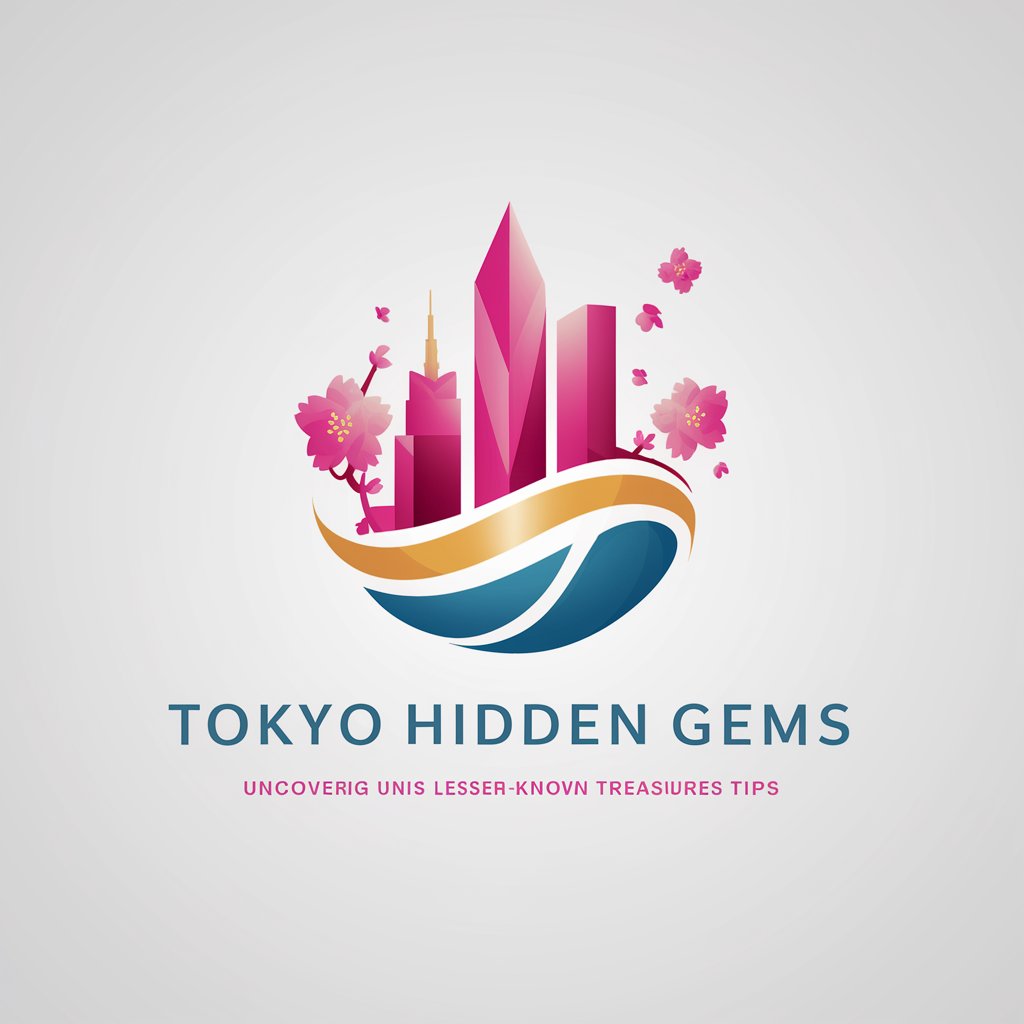
Tokyo Assistant
Explore Tokyo with AI
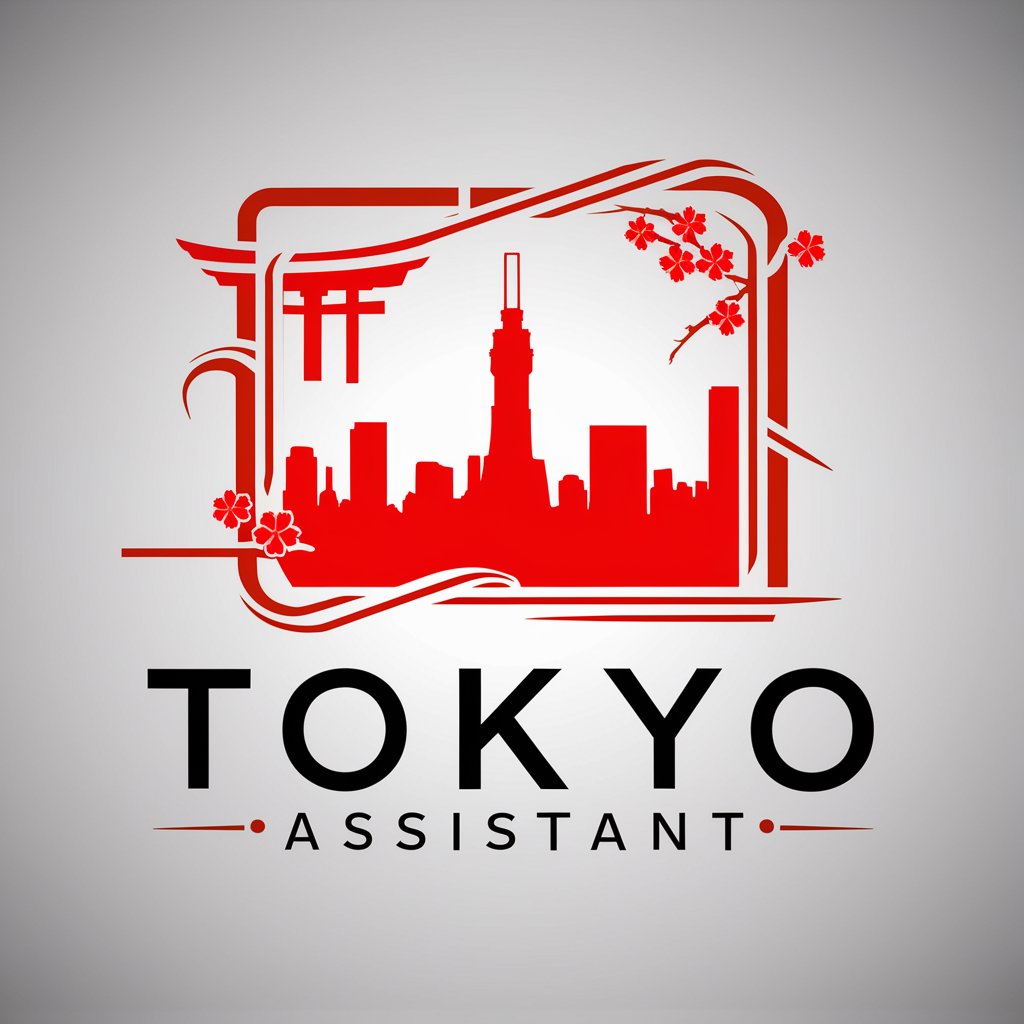
Tokyo Innovator
Empowering Your Future with AI
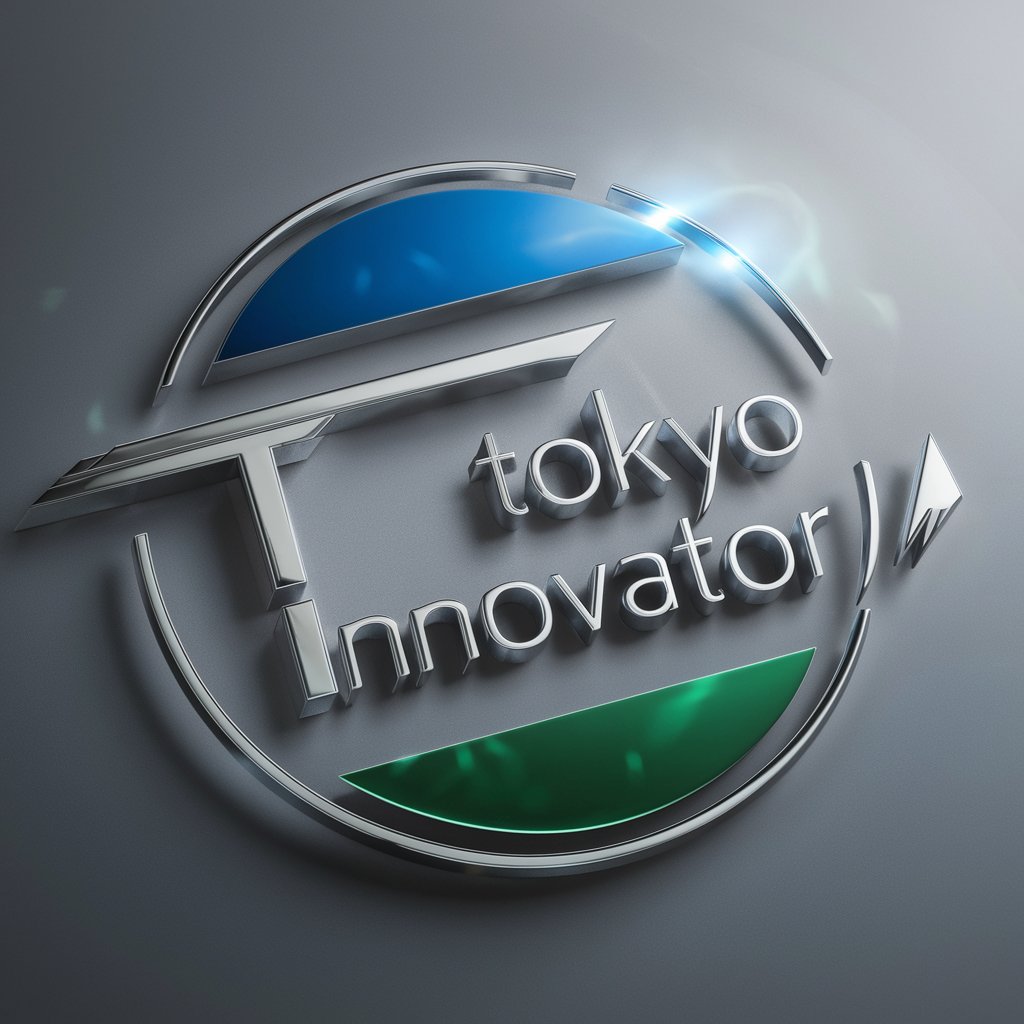
Spin Master
Elevate Your SEO Game with AI
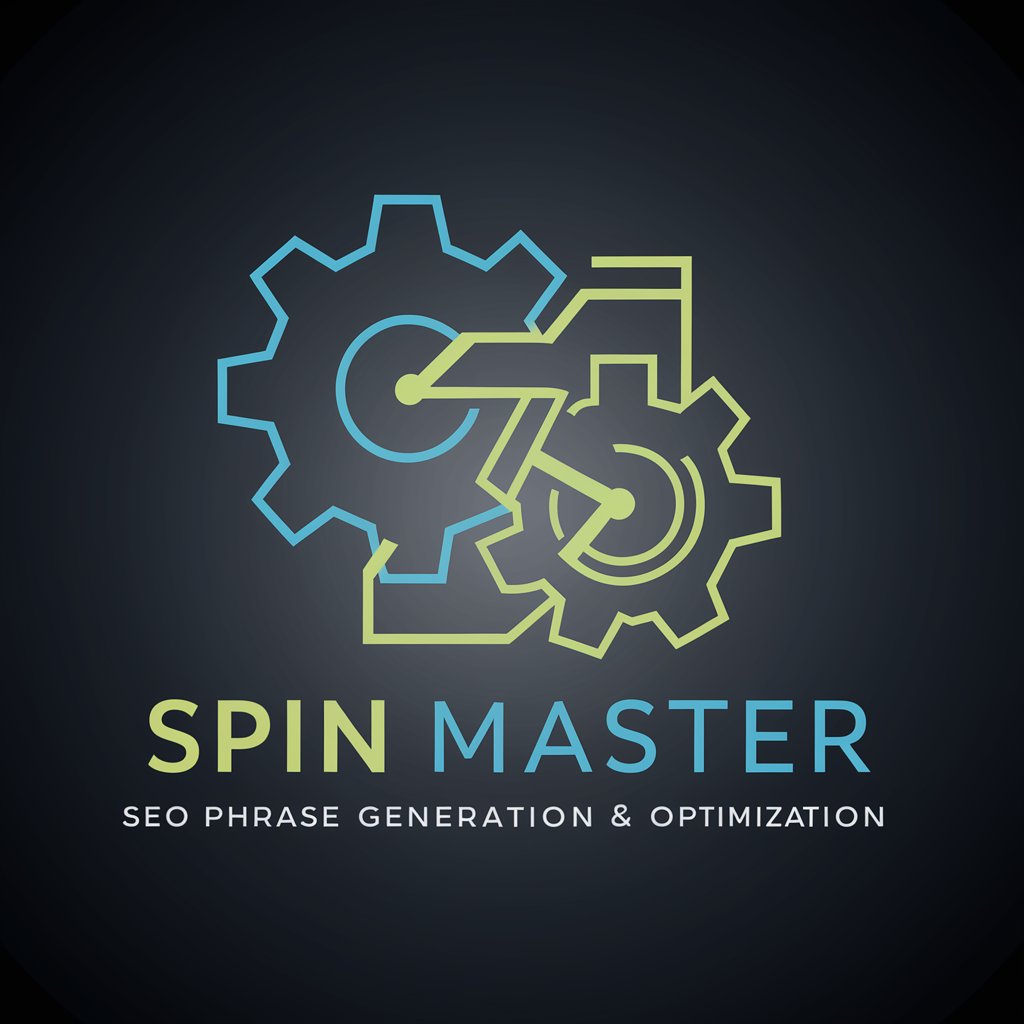
Positive Spin Doctor
Transform thoughts, elevate life.
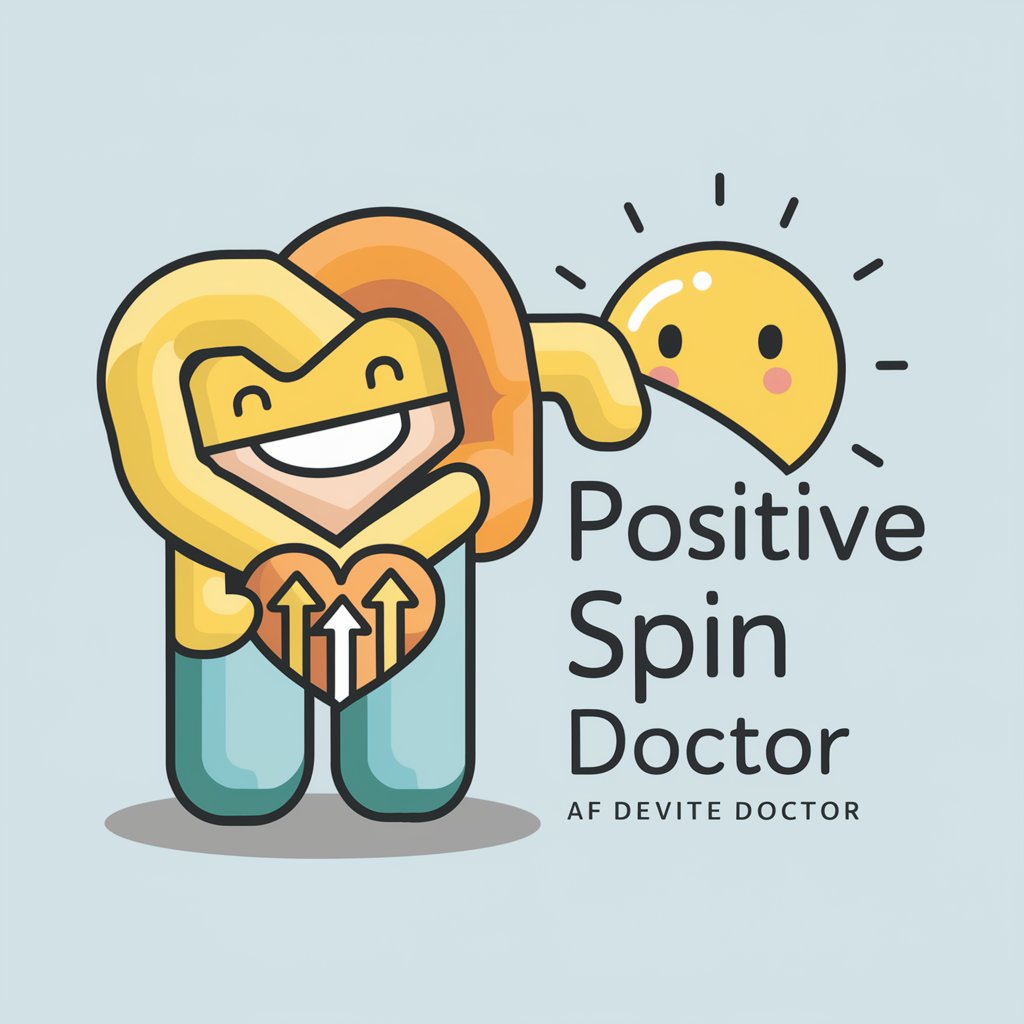
Tokyo Chef
Cook smarter with AI-powered recipes
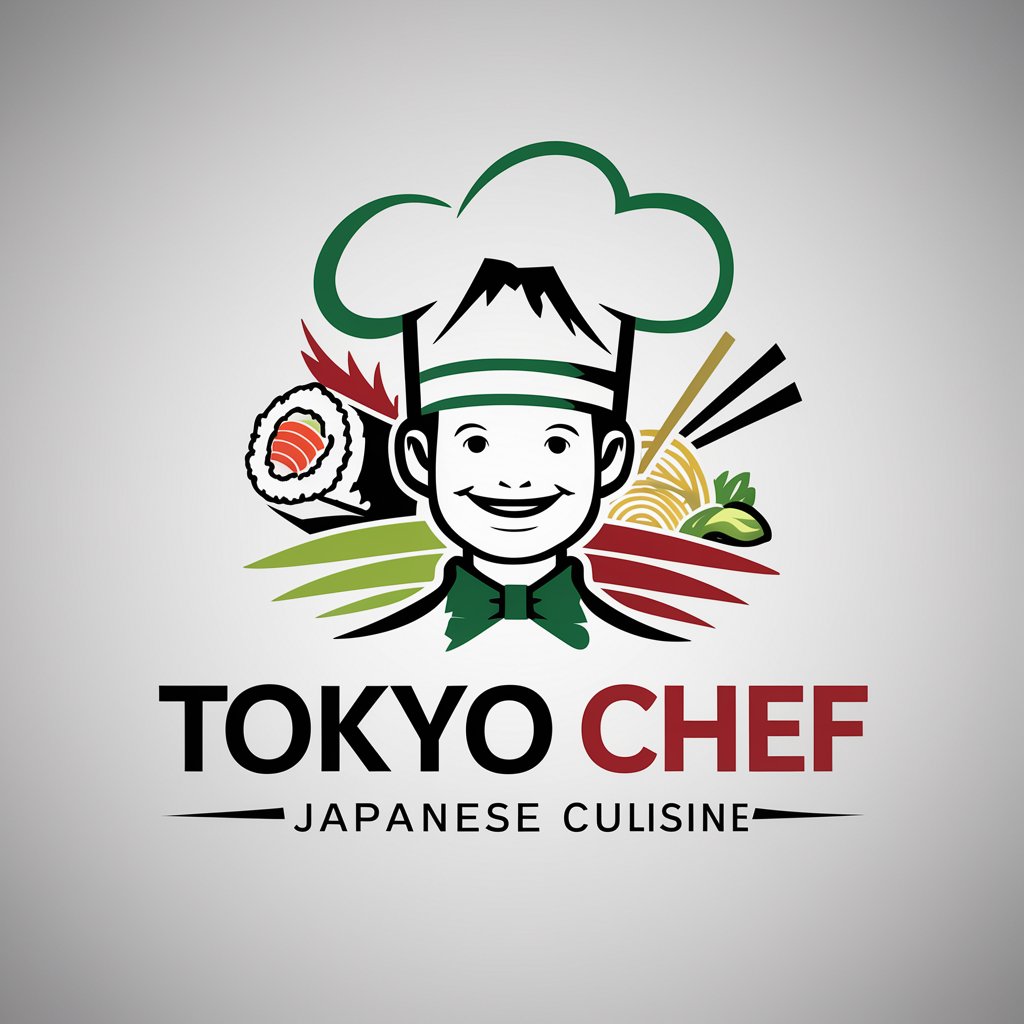
Trendy Tokyo
Experience Tokyo's Pulse, AI-Powered
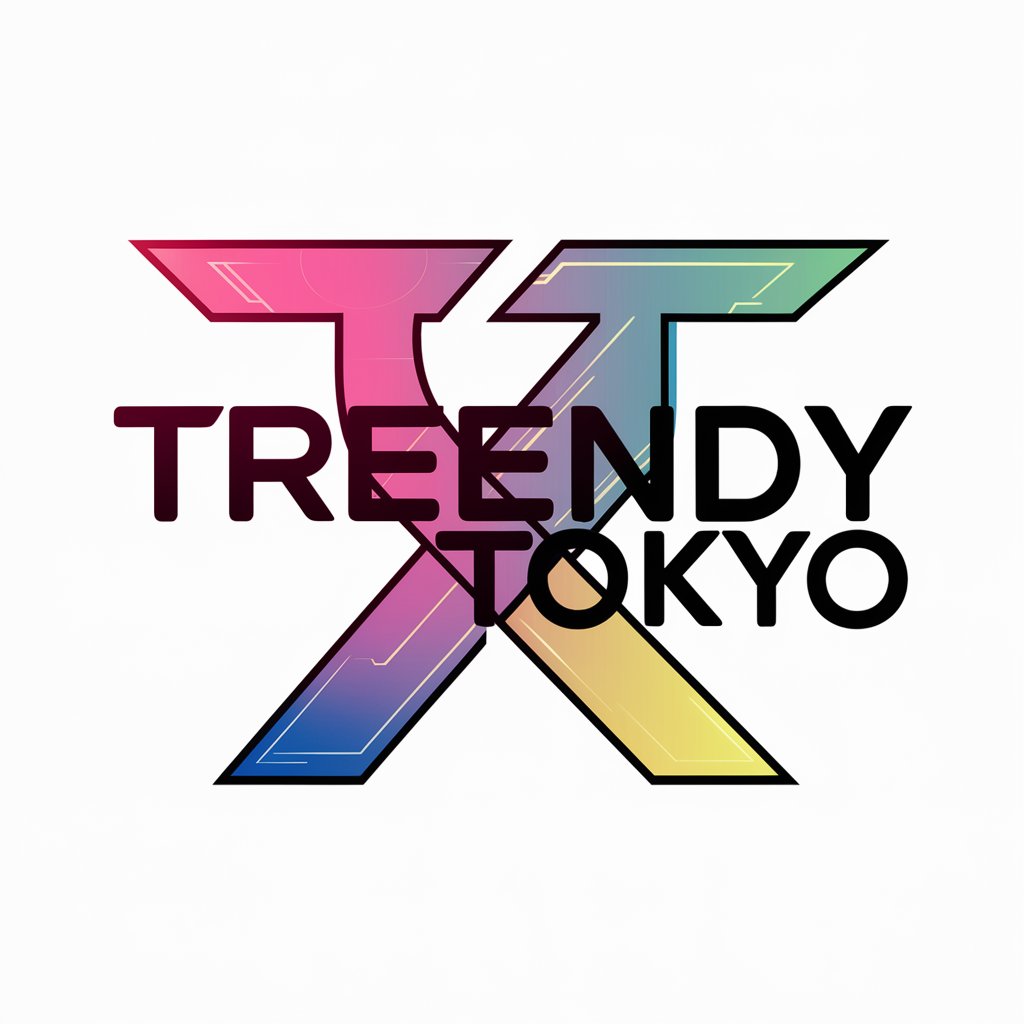
Metro Tokyo
Navigate Tokyo with AI-powered precision.
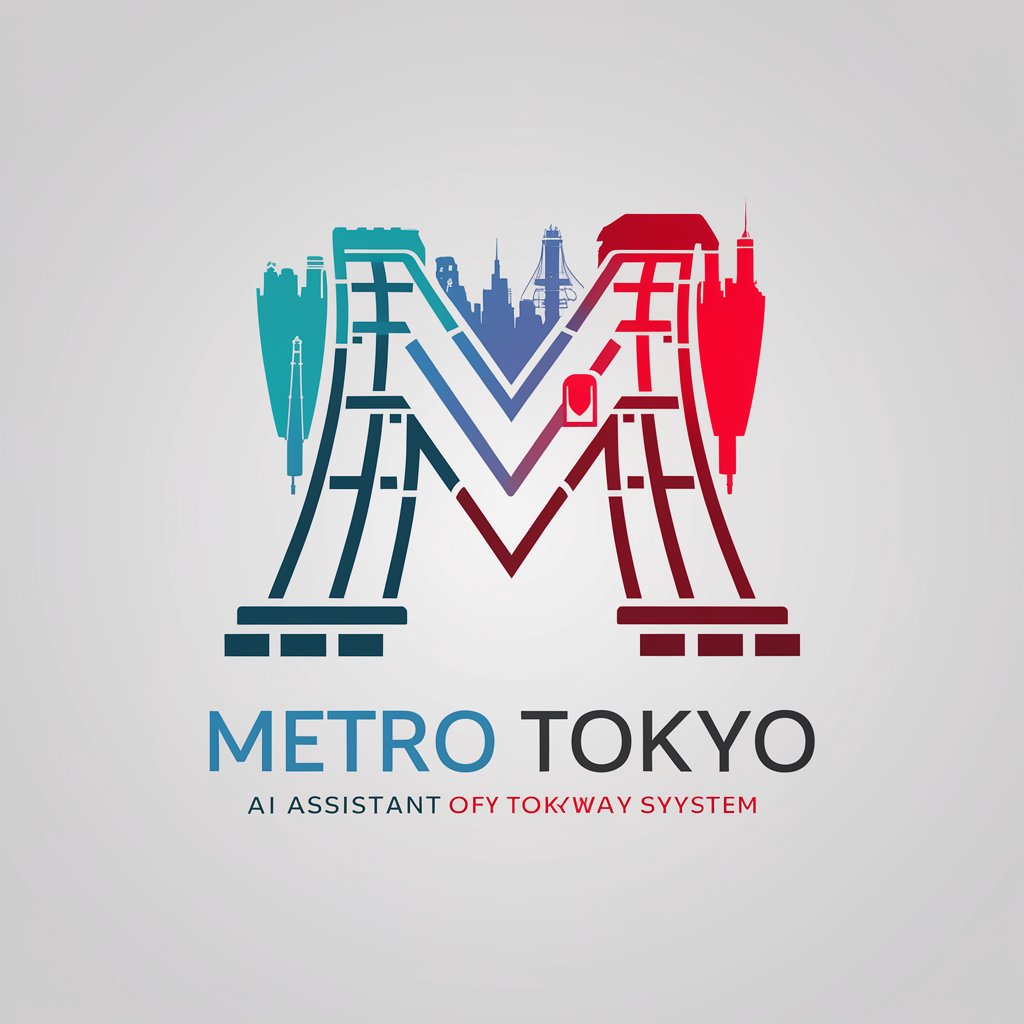
Tokyo Nostalgia
Revive Tokyo's Past with AI
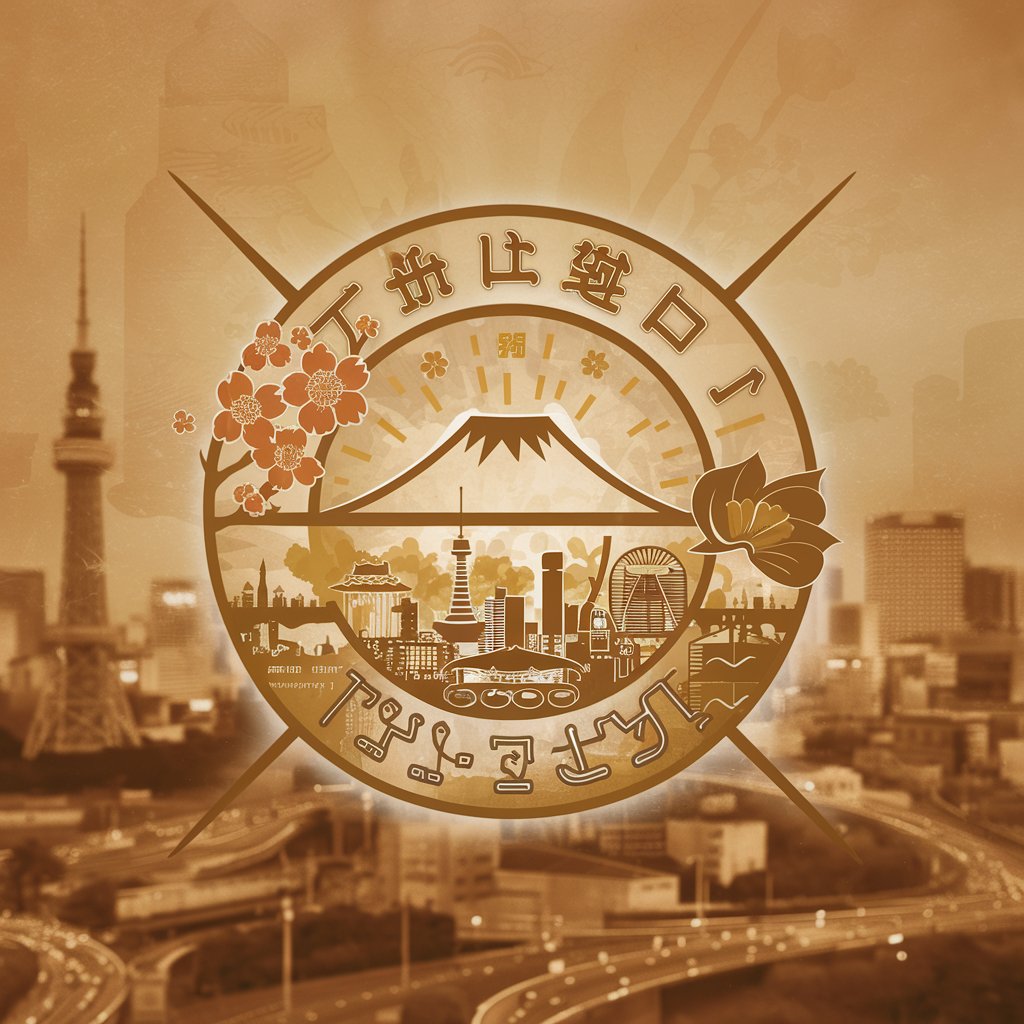
UNKNOWN?
Craft Haunting Tales with AI

Known & Unknown
Explore More, Know More
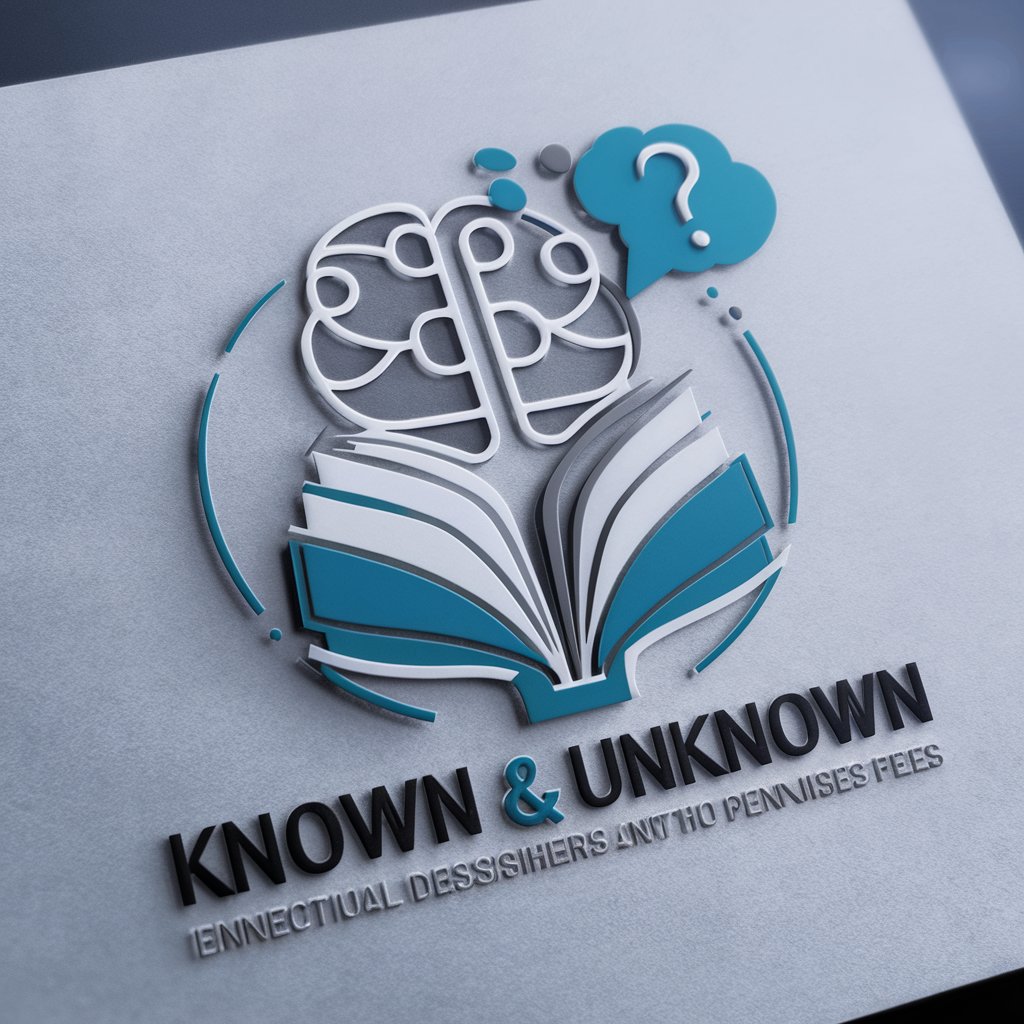
Frequently Asked Questions about Tokyo Trash
What should I do with old electronics?
Old electronics are considered non-burnable or recyclable depending on their condition. Remove any batteries and cords, then categorize the main device accordingly.
How can I dispose of large furniture in Tokyo?
Large furniture items are categorized as oversized trash. You must attach a collection ticket and arrange for pickup on designated days.
Is kitchen waste considered burnable trash?
Yes, kitchen waste is typically considered burnable trash. Make sure to remove excess water and wrap the waste properly.
What is the process for recycling PET bottles?
Rinse the bottles, remove the caps and labels, and place them in the designated recycling bag for PET bottles.
How do I handle broken glass and ceramics?
Broken glass and ceramics are categorized as non-burnable trash. Wrap them securely in paper to prevent injury and place them in the appropriate bag.
